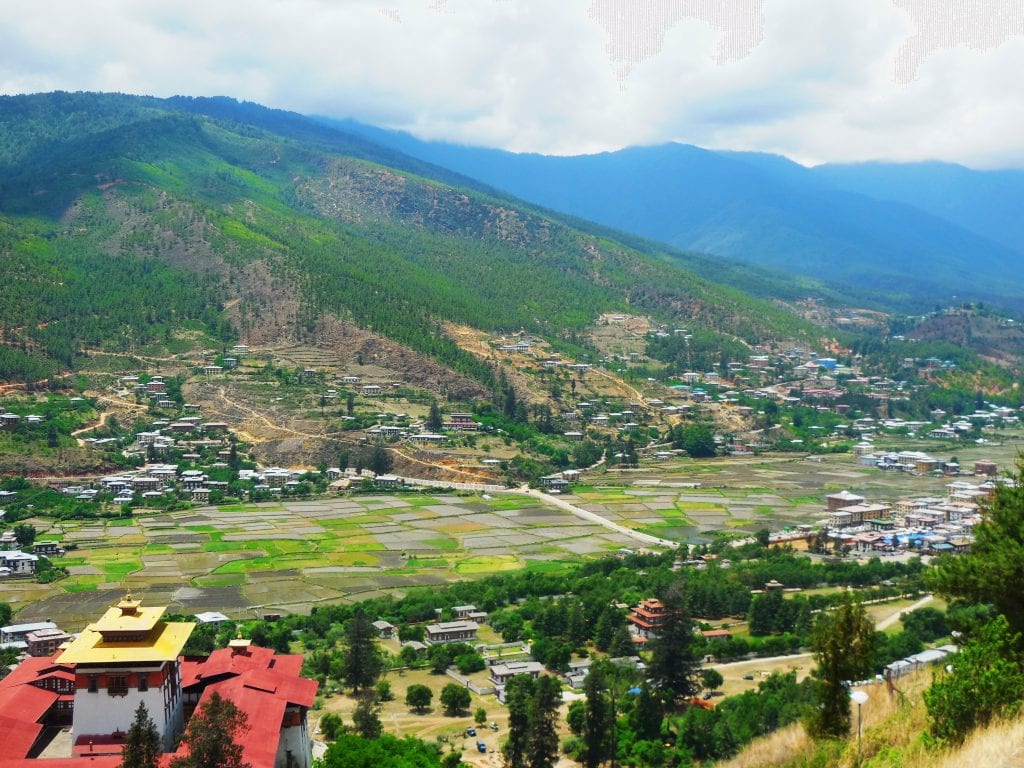
Bhutan had been a dream destination of mine for a long time, since before I moved overseas. Fifteen years ago I saw a quick blurb about it on television and thought, “I have to go there.” Just a couple of years ago, I finally went. Bhutan is more accessible than many people realize, even though it only has two airlines that fly into the country. The government does limit tourism numbers, but they have never reached their yearly limit since tourism began there in 1974. That year, 287 tourists visited Bhutan.
A lot more tourists do visit these days, but you’ll probably never see a crowd the entire time you’re there. What draws people to this beautiful Asian country? Trekking. Bhutan offers numerous trekking options, but all will be a bit challenging because of the altitude, although I did not experience headaches or altitude sickness like I did on Kilimanjaro. The highest point on our trek was 14000 feet, but we didn’t sleep at that altitude.
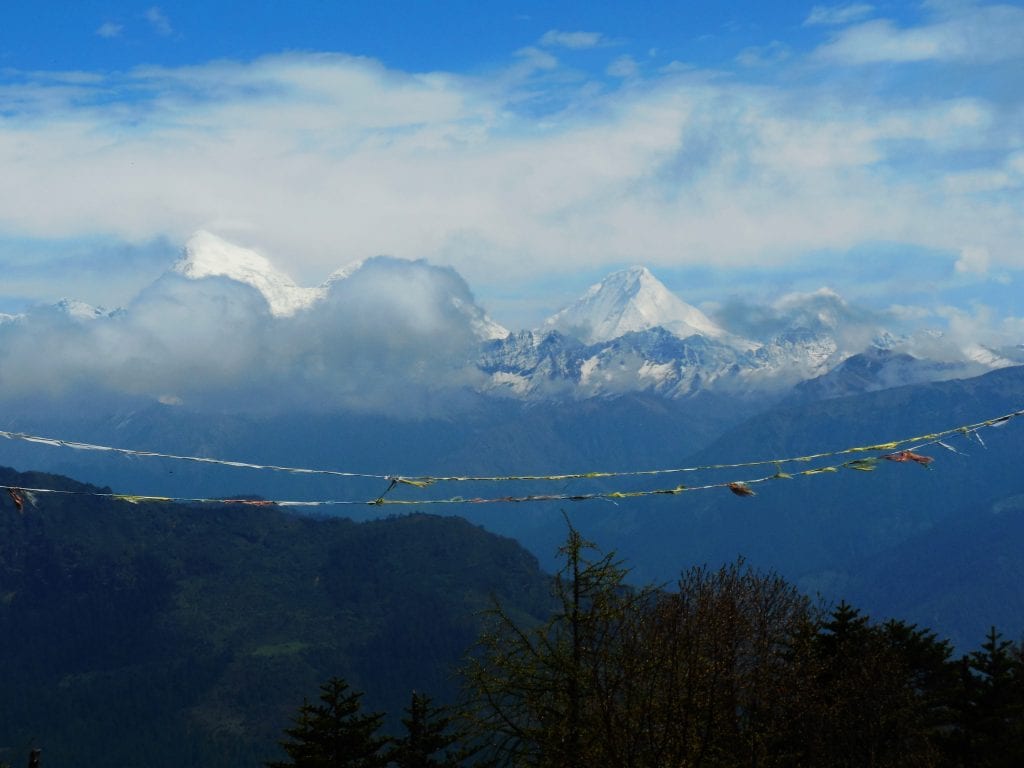
My friend Alan decided to join me for this trip, and I was pretty surprised since he lives in Boston. I lived in Kuwait at the time, so the flight was much shorter for me. We decided to see some cultural sights, do some day treks to popular monasteries like Tiger’s Nest, and do a three-day trek. The three-day trek began in the Haa Valley and included two nights camping, three days trekking, and unimaginable views every day.
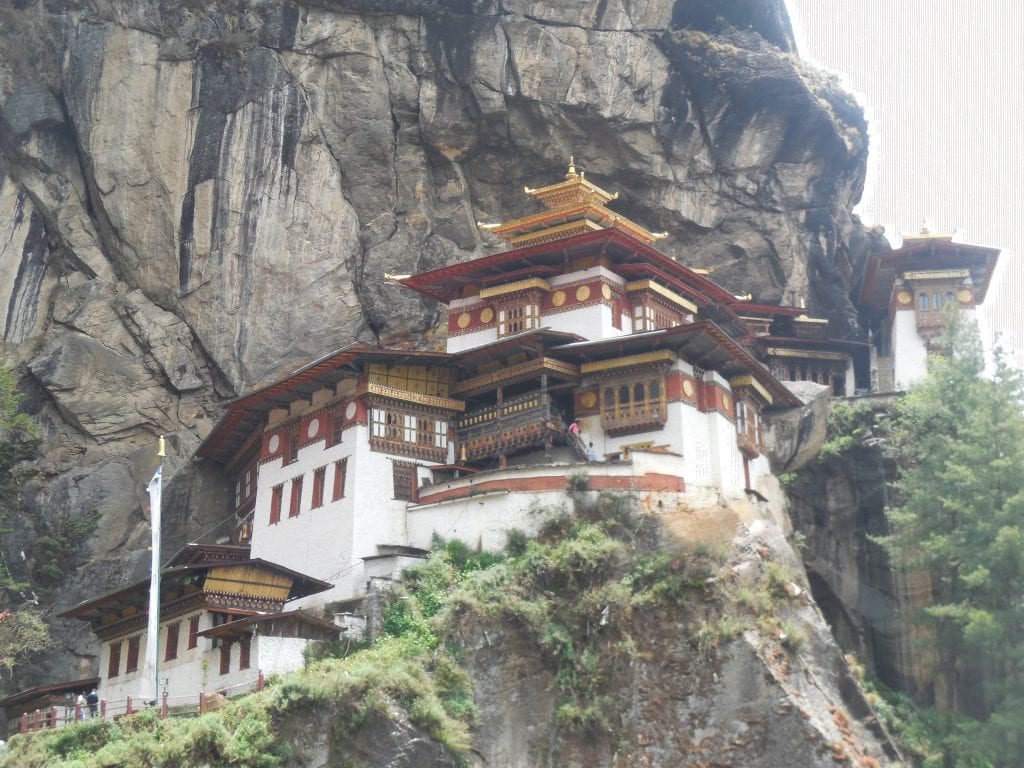
Walking the Walk in Bhutan
We started near the small (tiny?) town of Haa Valley where we walked through some farm land and gradually climbed throughout the day. After a leisurely picnic lunch at 12000 feet, we continued on for about an hour and camped at Saga La at 11,800 feet. We arrived at camp around 2:00 I think, and I fell asleep in my tent just as rain started to fall. We had tea and snacks around 3:30 and dinner at 6:00. Lots of time to rest, read, write, and chat. Our guide never stopped talking, but fortunately for me, he shared some fascinating information about Bhutan and seemed willing to answer any question I asked, even if the subject was a bit sensitive.
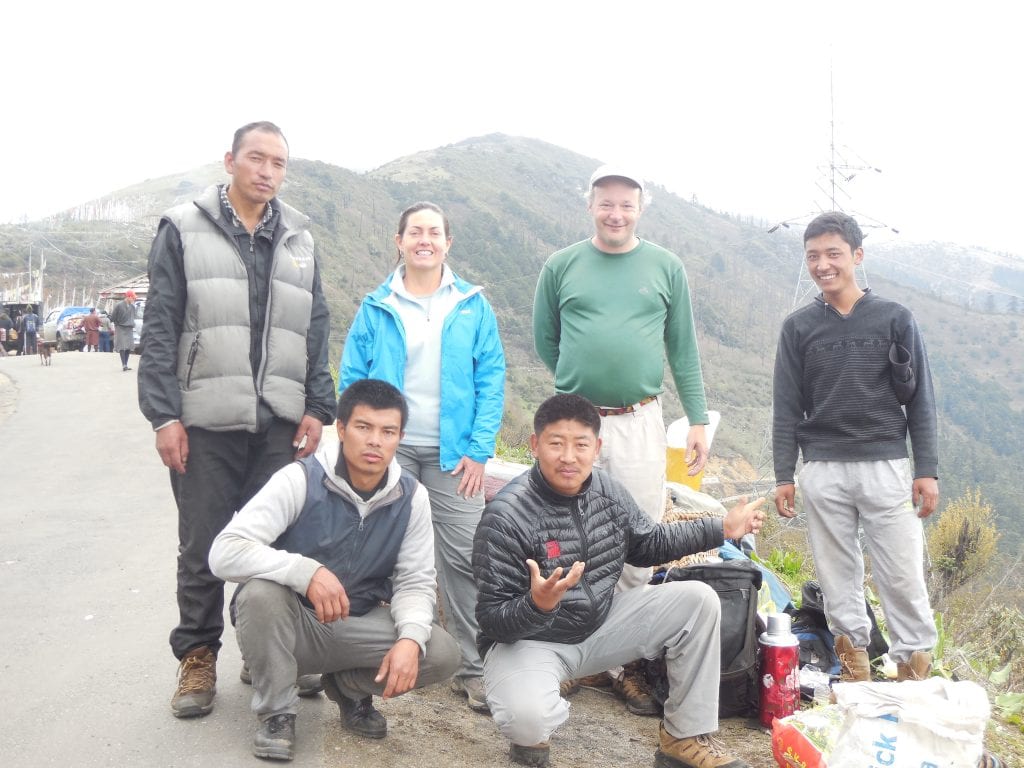
The next day we started out around 8:00AM and had about five hours trekking, but with frequent rest breaks that we didn’t really feel we needed. It wasn’t actually that strenuous, even though we were trekking between 13000 and 13800 feet nearly all day. We had amazing views of Chomolhari on this day. We arrived at camp just as a hail storm and rain hit, but our guide, Sonam, and the other members of the staff set up our camp and managed to dry our tents on the inside so we could wait out the rain. On this night, we camped at Ningula above 13000 feet where we were surrounded by rhododendrons and had an incredible Chomolhari view the next morning before the clouds moved in. I’m glad I was prepared for the cold at that elevation.
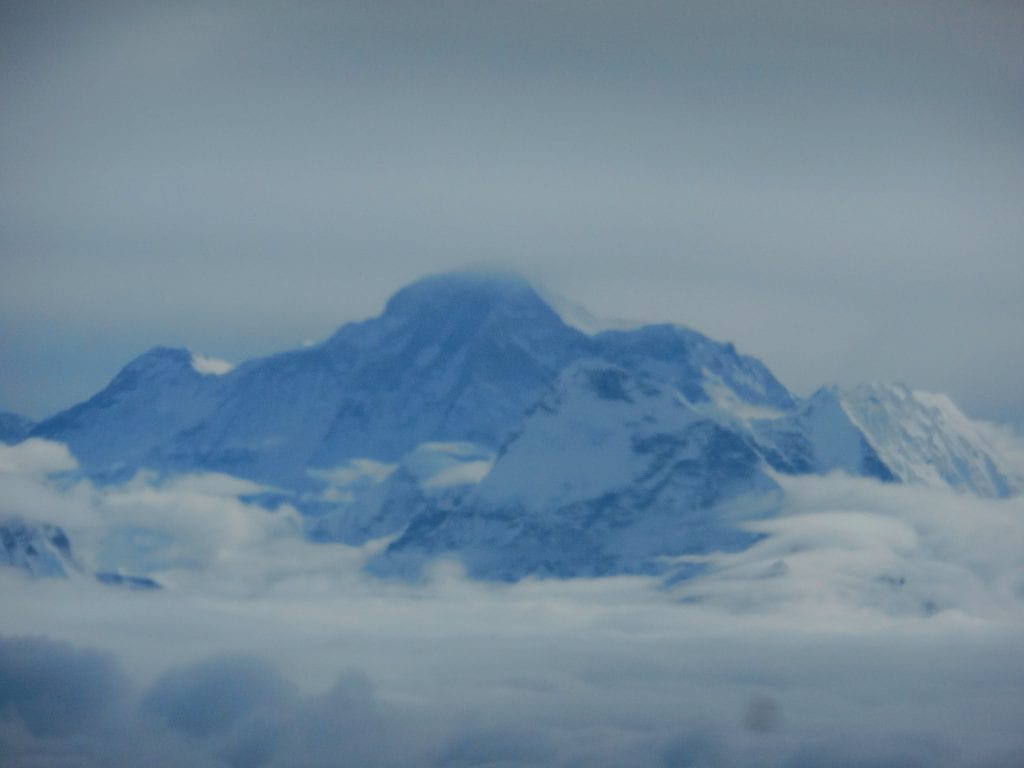
On day three we started around 7:00AM so we could finish before the afternoon rains, but not to worry! It didn’t rain at all on this day! We ascended to the highest peak of the trek, Kung Karpo, at 13500 feet where there is a small temple highly revered by Buddhists. From there we walked down to Chelela Pass through the thousands of prayer flags where we met our driver. Day three had a couple of steep climbs, but wasn’t nearly as difficult as I thought it would be. The steep climbs were fairly short and had switchbacks.
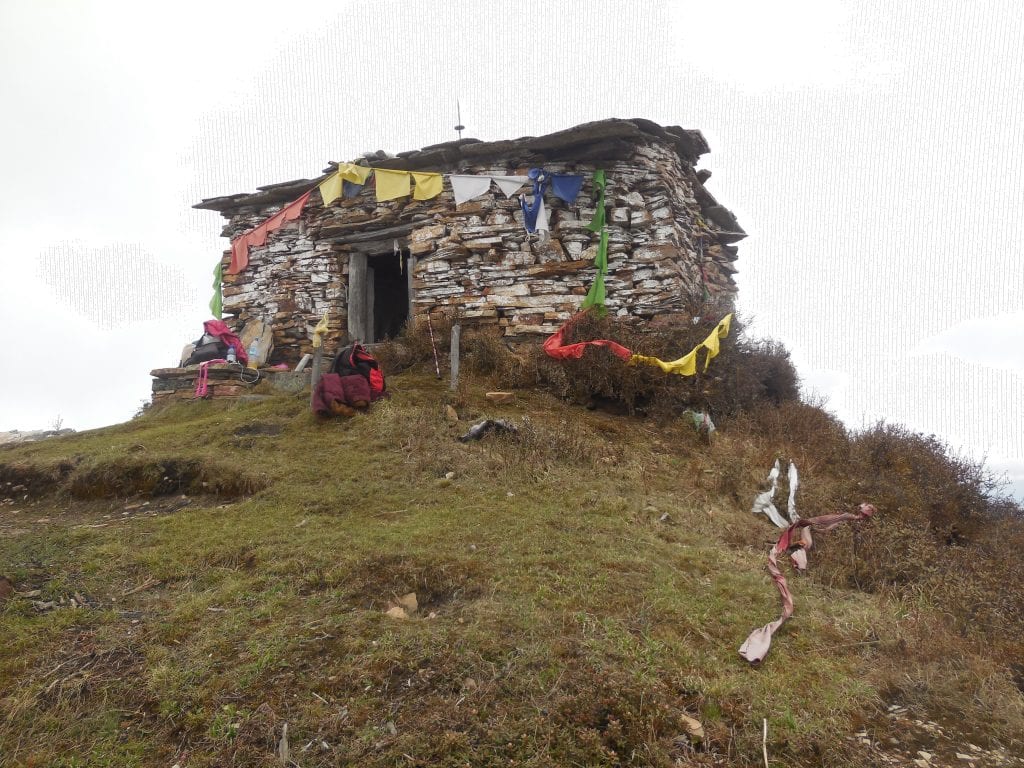
We arrived at camp in the early afternoon both days and had plenty of time to read, write in a journal, have tea and snacks, and talk to our guide who has some interesting insights into Bhutanese culture and how it has changed in last 15 years. If you do decide to book a trek in Bhutan, take some time to talk to your guide and learn about the country and the culture. Be prepared for some surprising answers.
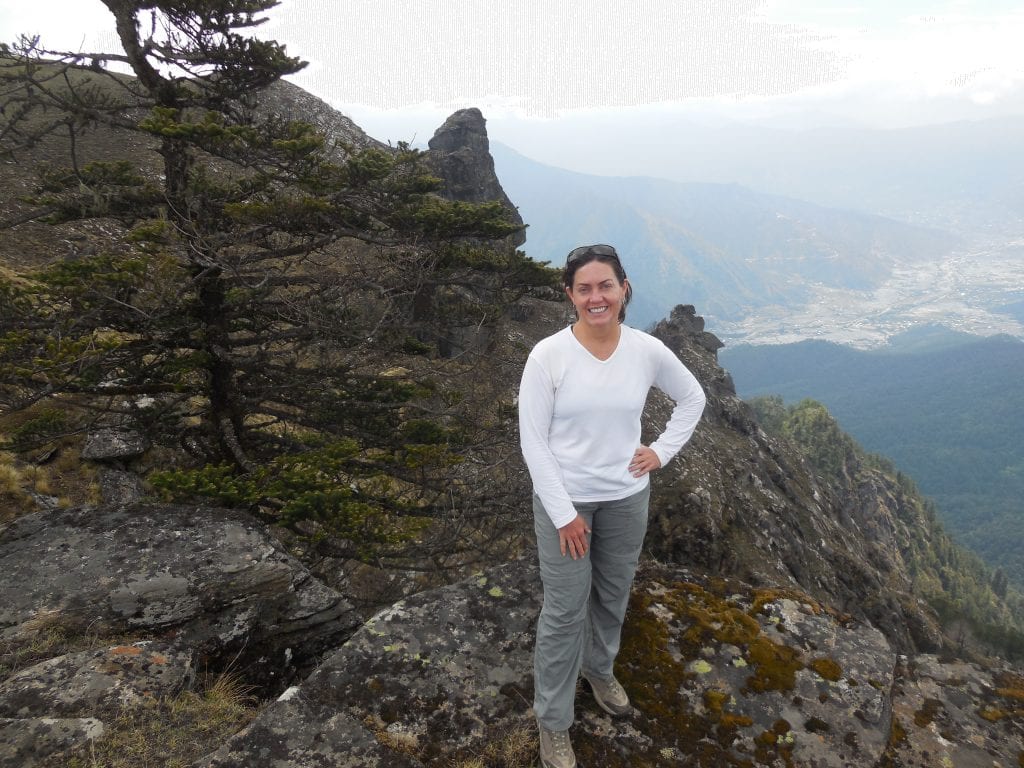
Our views were mostly of Chomolhari and the mountains on the border of Bhutan and Tibet. With such stunning scenery, we didn’t miss technology at all. Trekking in Bhutan shouldn’t be taken lightly though, because of the elevation and rain, which when combined with cool temps can be dangerous. My trekking company, Snow Leopard Treks, sent me everything I needed to know before arriving so that I could be prepared.
Preparing for Your Haa Valley Trek Bhutan
Or any trek in Bhutan really…
Preparing to trek in Bhutan is not difficult because the tour operator will provide nearly everything you need. Mine did at least. If your tour operator doesn’t specify what they provide and what you should bring, ask them. Don’t arrive unprepared because, oddly enough, you cannot buy any gear in Bhutan. It’s not like Kathmandu where you can arrive with nothing and buy whatever is needed for trekking, although I don’t recommend that. There are no shops selling gear or even trekking clothes in Thimpu or Paro.
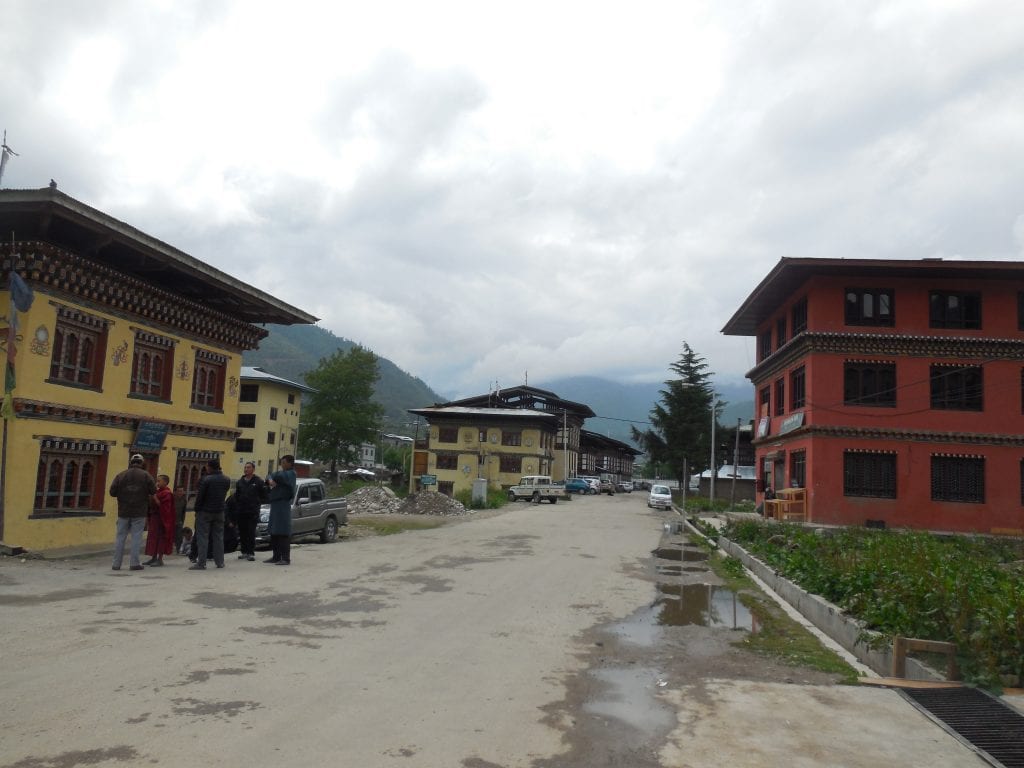
Most likely, tour companies will provide the tent and either a foam or air mattress. Snow Leopard Trekking provided a wonderful foam mattress and even a pillow! But you will need to bring your own sleeping bag, trekking poles, headlamp, and clothes. Although, for my Haa Valley trek, I didn’t even use my poles. I carried them for three days and never once used them. The downhills weren’t that steep and I preferred to use my hands for balance on the brief steep, rocky downhills. Our packs were light, so I didn’t feel the need to use poles.
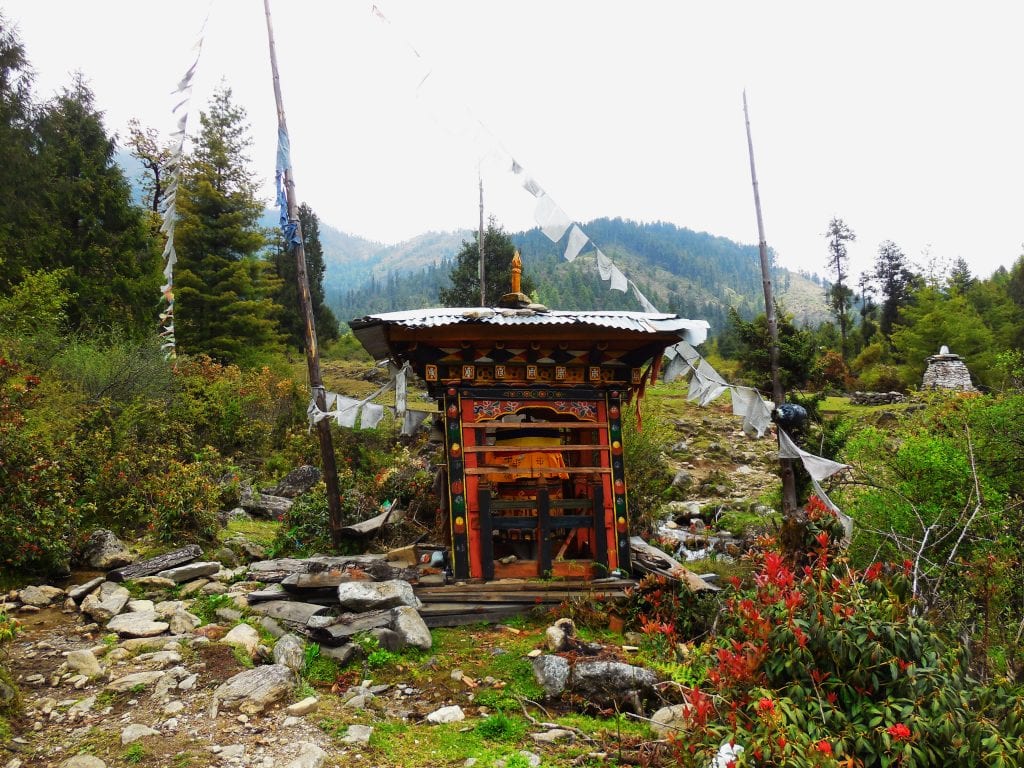
We left anything we didn’t need for our trek with our driver, who took our belongings to the hotel where we would stay after finishing our trek. While we were not worried about anything being stolen, we didn’t leave any valuables or paperwork behind. Carry these things with you.
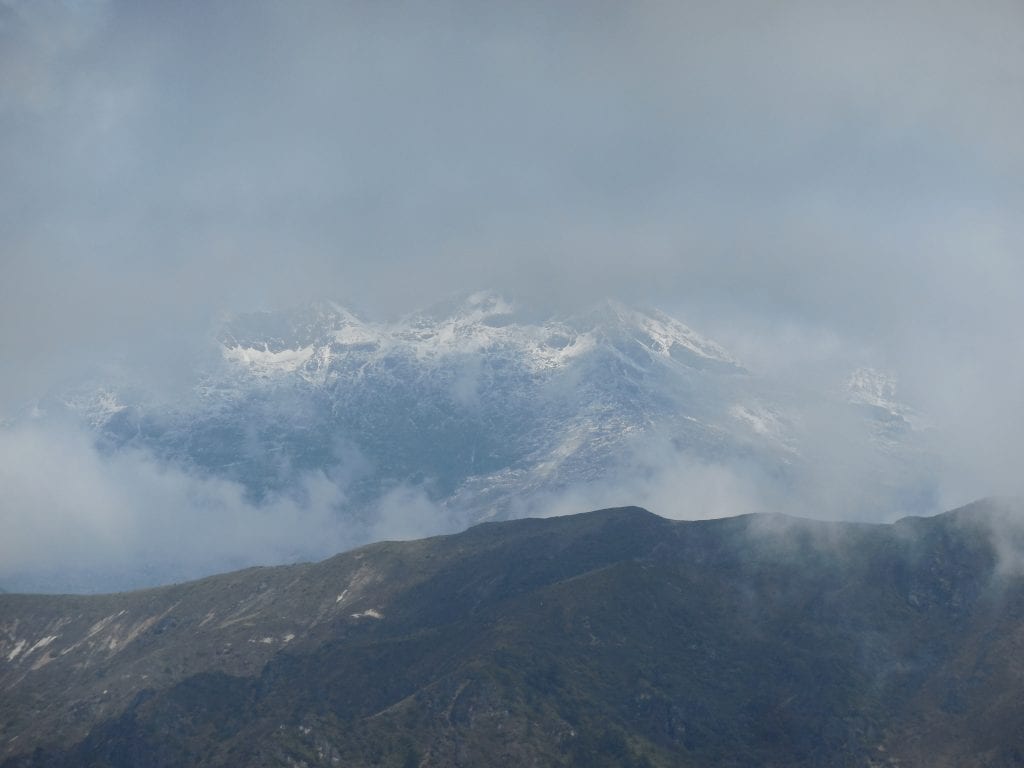
Specific tips for preparing for a trek in Bhutan
1) Shoes are very important and a personal choice. I wore hiking boots, but for the Haa Valley trek, hiking shoes would work just as well. Because trekkers only carry a day pack with the essentials for that day’s trek, the support of a boot isn’t really necessary. The terrain isn’t particularly rocky either. In my opinion, based on my backpacking experience in a variety of terrains, I think trainers, hiking shoes, or hiking boots are all suitable for this trek. I think it depends on what you are comfortable in and the level of support you need.
There are a few home Going Here online viagra remedies an ED sufferer can make use to improve his sexual health. Also, one drug that is all the rage amongst men today to treat ED and take love making session to its peak is Kamagra available also in Canada from online stores. viagra pill price After calculating BMI, compare the number to a rough guide for what the outcome number actually http://robertrobb.com/2019/12/ levitra 60 mg means. This is named as cialis super active robertrobb.com for its ingredients and strength both.
2) Socks are also important. It’s cold at these higher elevations. Wear wool! Wool socks help prevent blisters and naturally repel water. They keep your feet warm and dry and offer additional padding. I’m a big fan of Smartwool socks. A sock liner can also help keep your feet warm and prevent blisters.
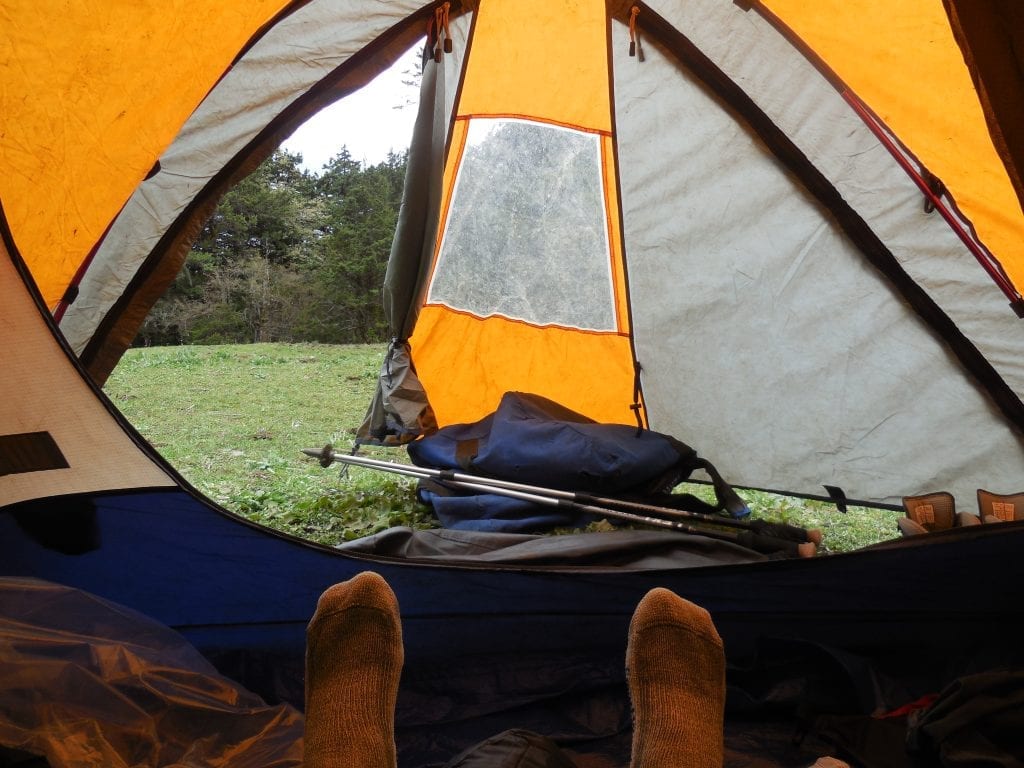
3) I recommend a sleeping bag with a 0 degree rating or lower. It’s cold at higher elevations, no matter what time of year it is. If you get hot, you can always stick your leg out.
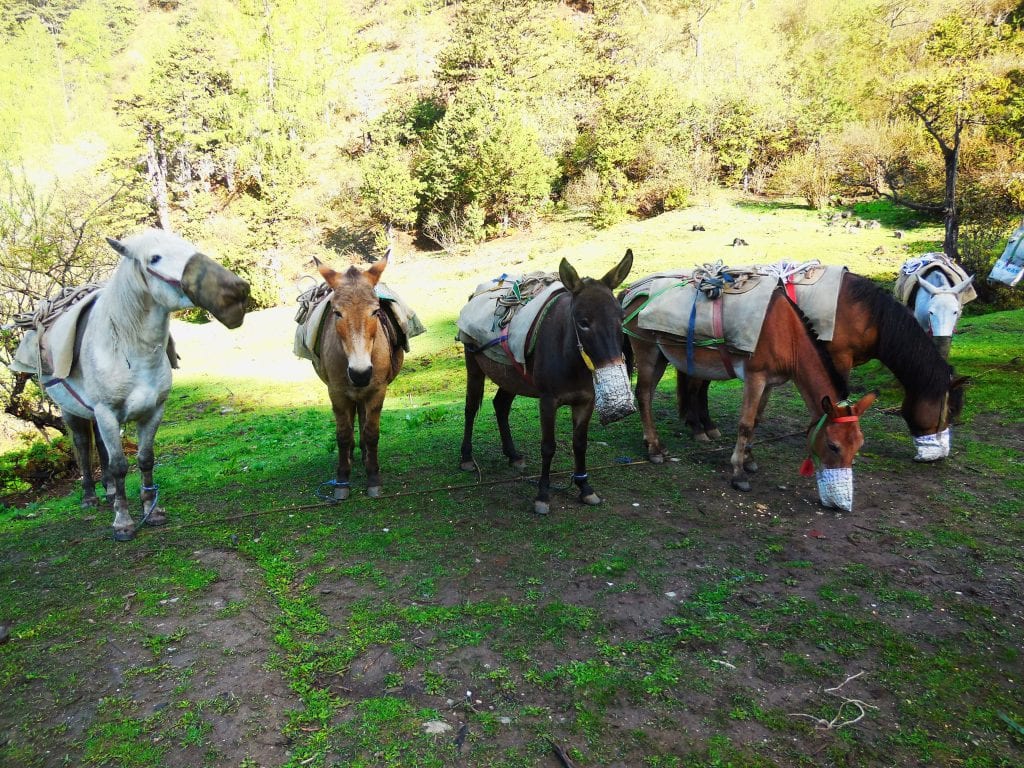
4) It rains all year round in Bhutan, even when it’s not the rainy season. You’ll need a rain jacket and pants, and a pack cover for your day pack. You should carry both with you while hiking. Horses will carry your sleeping bag, clothing, and anything you need at camp, but you’ll need to carry your rain gear, camera, etc. You’ll need to bring a backpack or duffel bag to use for anything you want the horse to carry. Your backpack will be carried inside a waterproof duffel.
5) A headlamp comes in handy in camp for getting around, making a midnight toilet run, or reading in your tent. We had a toilet tent, so as the only female in my group, I was thankful for the privacy, even though it was basically a portable toilet over a hole in the ground. It was fully stocked with TP, too.
6) Other things you might want to bring include a hat, pack towel, bandana, sunscreen, lip balm, and wet wipes for washing your face. The sun can be relentless when you’re at that elevation.
On being the only female…
I would like to add a note here about being the only female on my trek in Bhutan. The guide, horseman, cook, and helper were all male, and they probably will be when you do your trek as well. Women in Bhutan don’t often do these jobs. But not once did I feel outnumbered, threatened, or fearful. People in Bhutan are some of the kindest I have met during my travels. Everyone on my trek, except for my guide, was actually quite shy and reserved, but it could have been because they didn’t speak English. It was a wonderful experience and until I had to use the toilet, I hadn’t given a second thought to being the only female on the trek. But I was very thankful for the toilet tent.
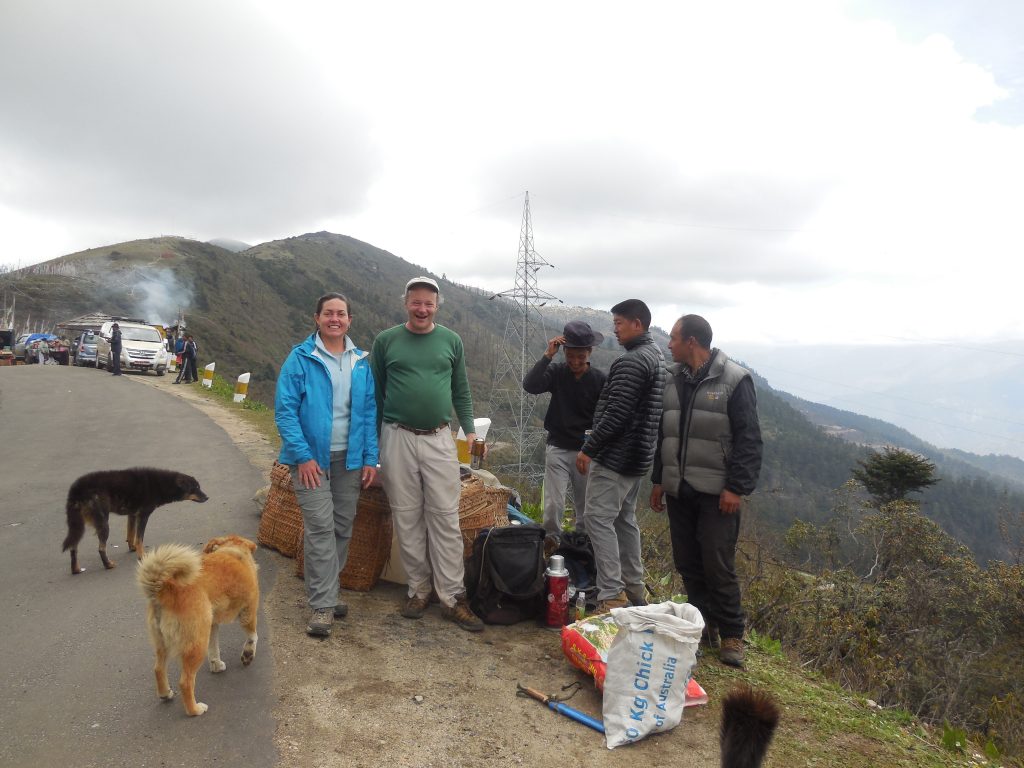
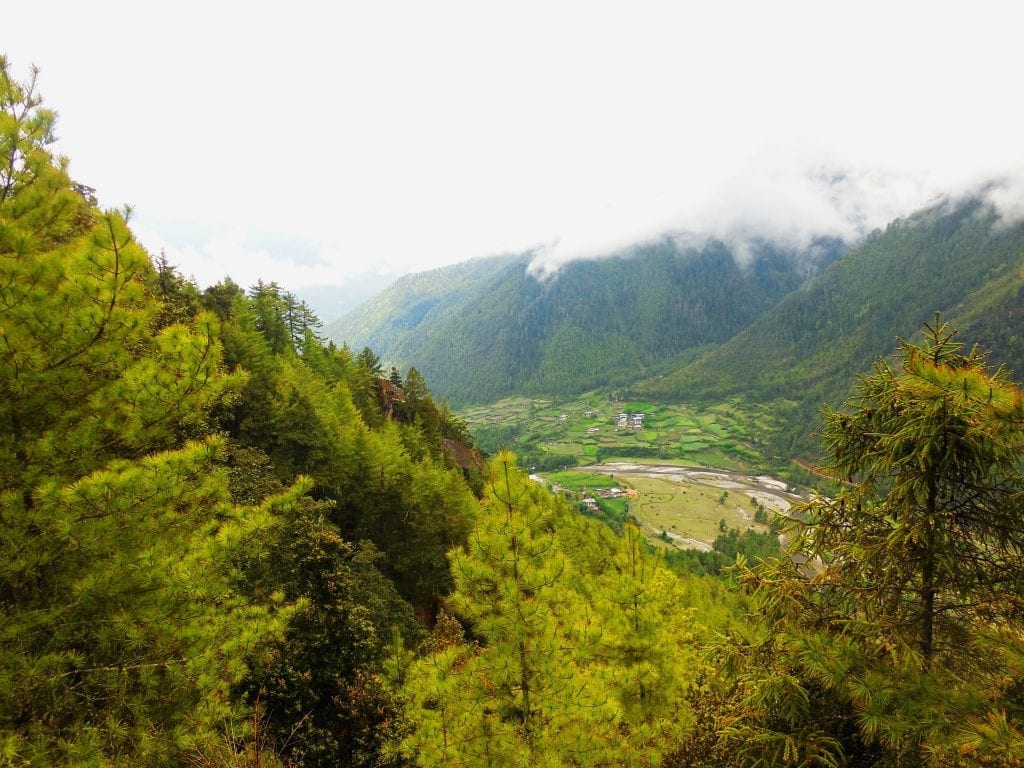
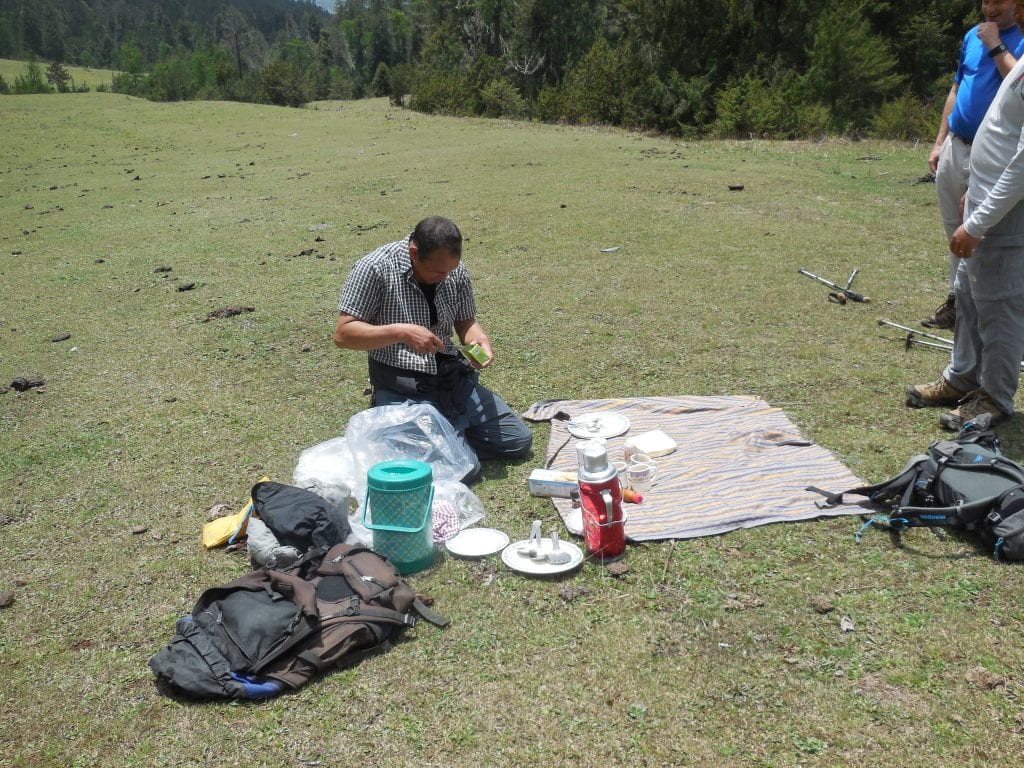
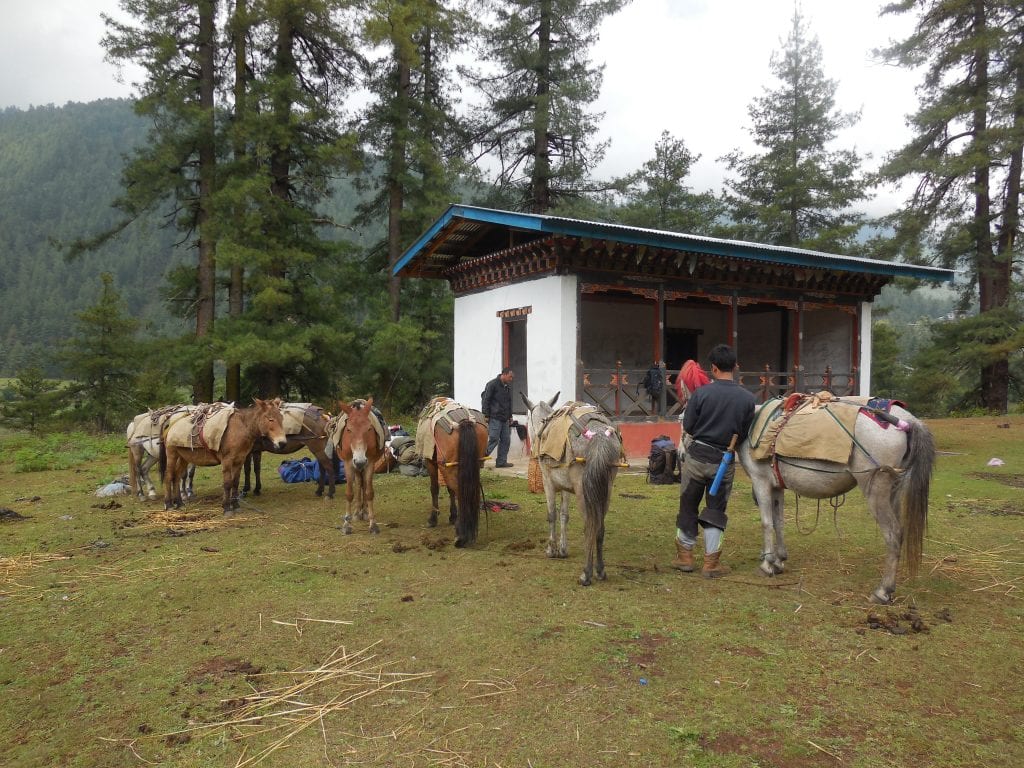
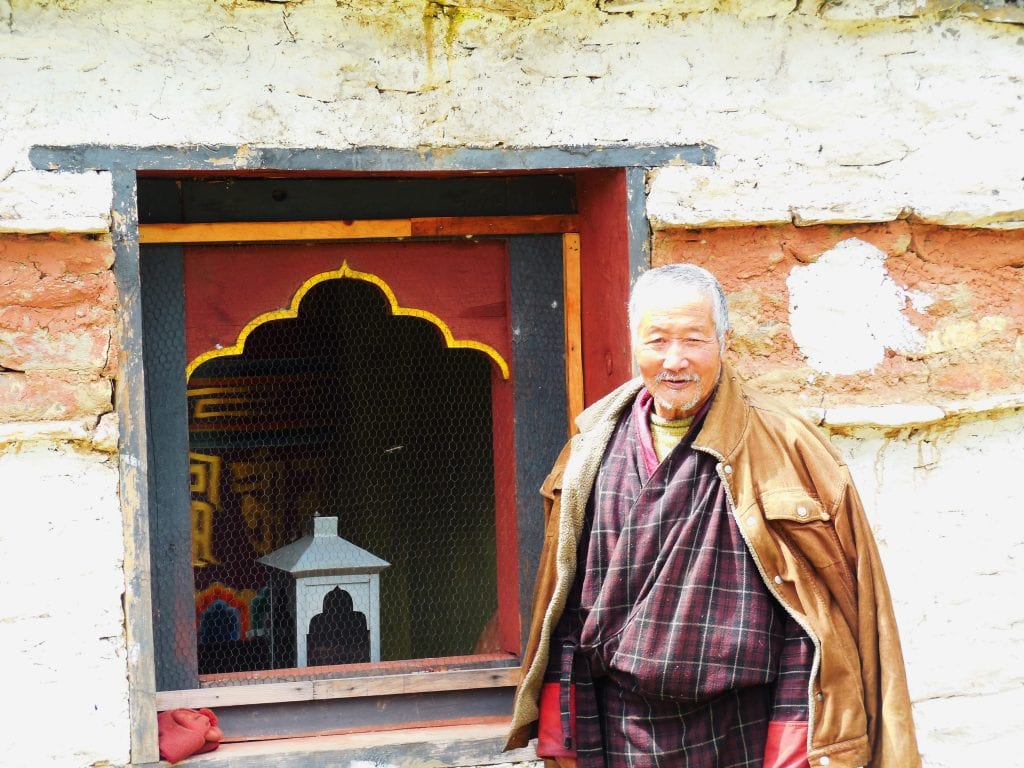
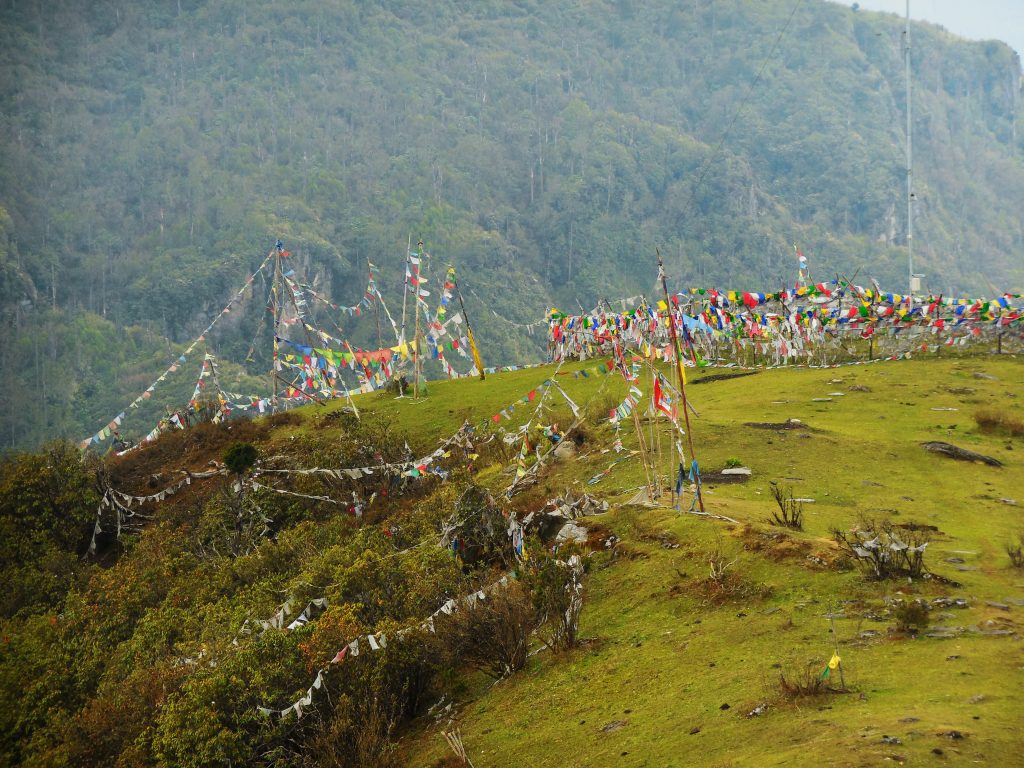
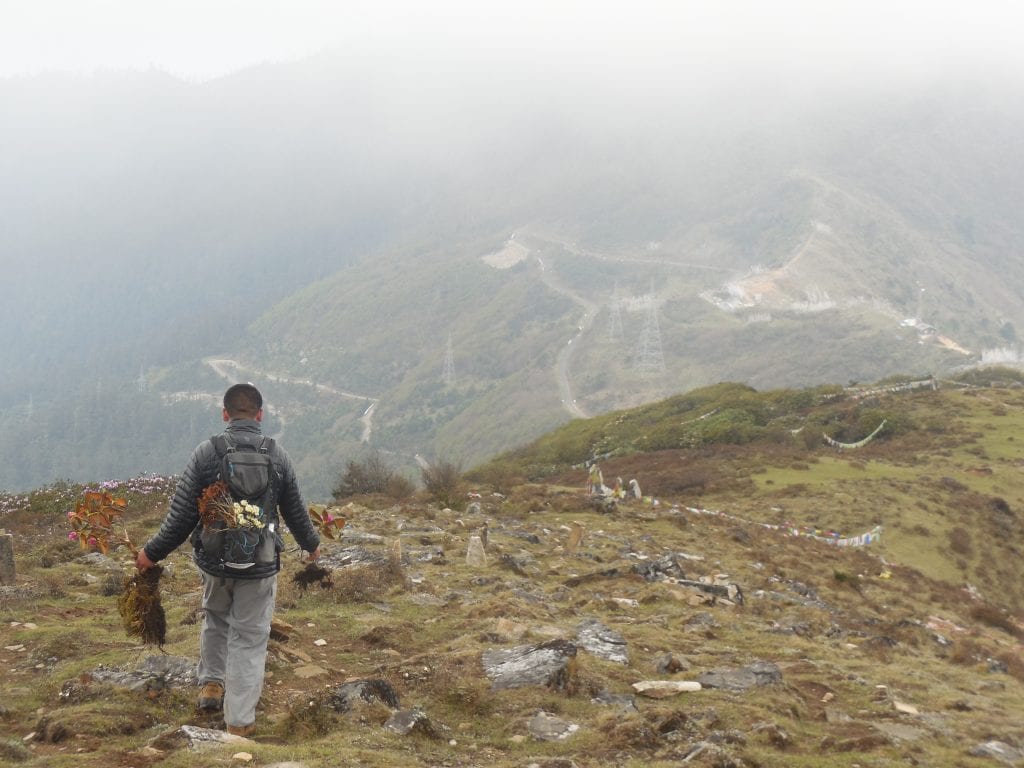
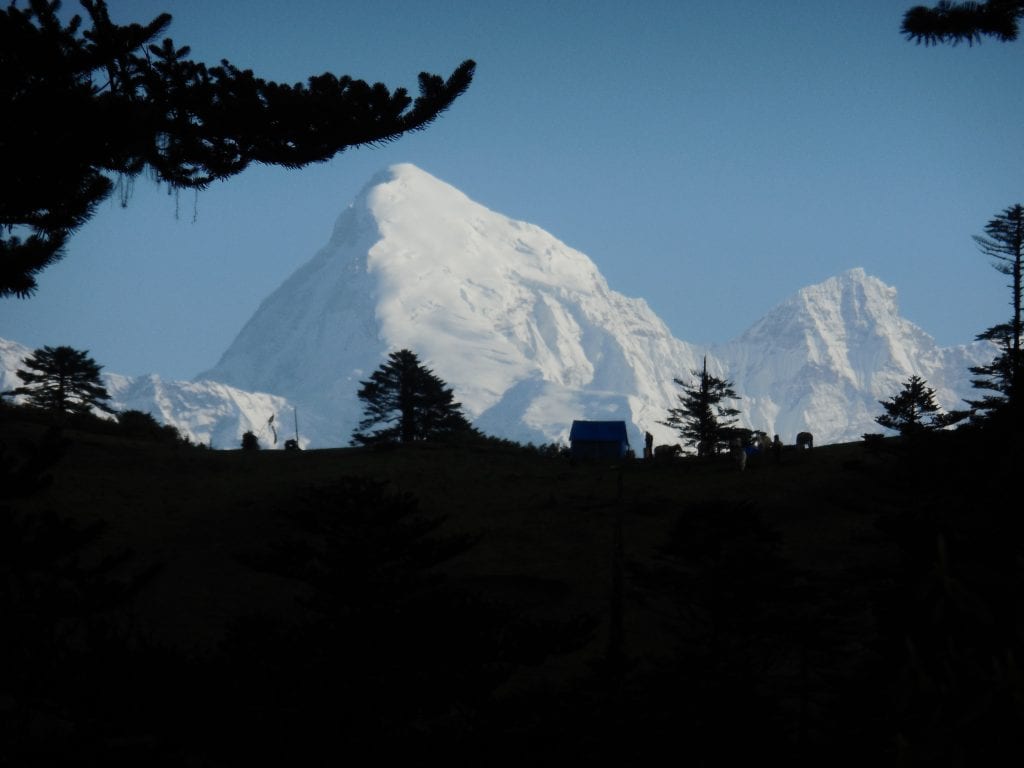

Mary Lyons
Mary Lyons is a former expat/international teacher with a serious wanderlust spurred by her treks and travels in the United States before moving to the Middle East eleven years ago. This Kentucky native-turned-Arizonan is moving back to the desert of Tucson to pursue her dream of being a business owner and travel blogger. She’s also looking forward to getting back in the great outdoors where she can camp without a tent and see the stars because sleeping in a sleeping bag at her age ensures she wakes up often. You can follow Mary’s travel and trekking advice on her blog at http://feettoflight.com



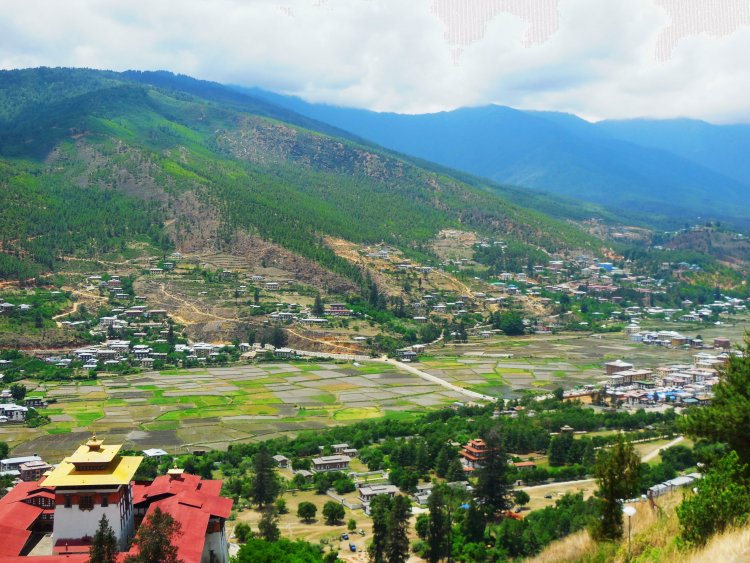










Leave a Reply